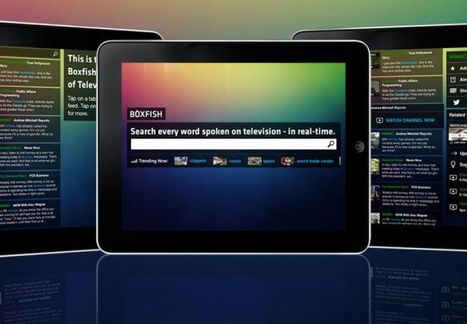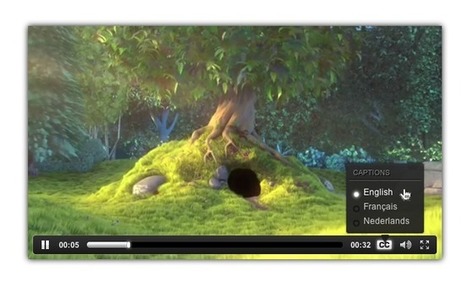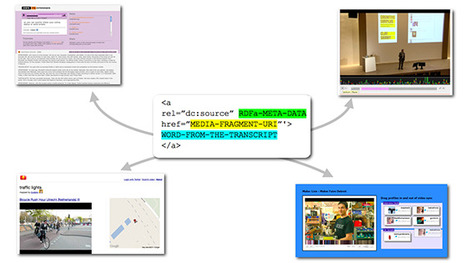Adobe, NBCU, Elemental, Deltatre, LiveU, and more are readying streaming platforms that will deliver coverage to desktops and mobile devices around the globe.
Four years ago according to the IOC there was a defining moment in Olympic broadcasting history. Vancouver was the first Winter Games to be fully embraced on digital media platforms where digital coverage accounted for around half of the overall broadcast output.
Globally, on official rights-holding broadcasters’ internet and mobile platforms, there were more than 265 million video views and in excess of 1.2 billion page views during the games. There were also approximately 6,000 hours of 2010 coverage on mobile phone platforms.
Digital coverage from Sochi will surpass this, with many more broadcasters drawing on the clear consumer demand from London 2012 for any time, any device viewing.
The IOC places such draconian restraints on rights holders and anyone working for them to report involvement in the Olympics, which extends to technology contractors, that it's tricky to unearth details on this story. With that caveat, here are some of the large-scale video streaming activities set to go live from Sochi at the end of this week.



 Your new post is loading...
Your new post is loading...




















